Introduction to Breather Valves
What are Breather Valves?
Breather Valves, also known as direct acting Pressure/Vacuum Relief Valves, are special types of Relief Valves which are specifically designed for tank protection. The range includes pressure only, vacuum only and combined Pressure/Vacuum Valves, all available with flanged outlets or vented to atmosphere.
Pressure/Vacuum Relief Valves are used extensively on bulk storage tanks, including fixed roof tanks with floating covers, to minimise evaporation loss. The Valves prevent the build up of excessive pressure or vacuum which can unbalance the system or damage the storage vessel.
Pressure and vacuum protection levels are controlled with weighted pallets or springs and can be combined to provide the required Pressure/Vacuum settings. It is common to combine pallet and spring systems in one unit i.e. pressure settings require a spring section, whilst the vacuum settings use the pallet method.
Why use Breather Valves?
The Breather Valve is a protection device mounted on a nozzle opening on the top of a fixed roof atmospheric storage tank. Its primary purpose is to protect the tank against rupturing or imploding.
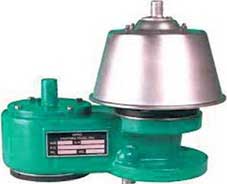
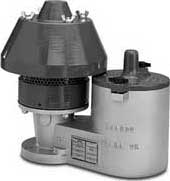
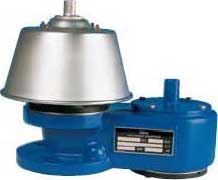
Without an opening or a controlled opening, a fixed roof atmospheric tank would rupture under increasing pressure caused by pumping liquid into the tank or as a result of vapor pressure changes caused by severe thermal changes. Imploding, or the collapsing of a tank, occurs during the pumping out procedure or thermal changes. As the liquid level lowers, the vapor space pressure is reduced to below atmospheric pressure.
This vacuum condition must be alleviated through a controlled opening on the tank. In short, the tank needs to breathe in order to eliminate the possibility of rupturing or imploding. Because of its primary function, this Valve is called Breather Valve.
Valve selection should be in accordance with American Petroleum Institute Standard API 2000 or other applicable standard.
How Breather Valves operate?
Most atmospheric tanks require a venting device that will allow large volumes of vapor to escape under relatively low pressures. Usually the allowable set pressure is in inches of water column pressure, both for positive and vacuum conditions. This is because most large storage tanks have a relatively low maximum allowable working pressure.
These tanks are generally large volume welded vessels that are built to API 650 standard. In order to accommodate large volumes at low set pressures, these Valves have ports that are greater in area than the inlet or nozzle connection. The low setting required necessitates weight loading the Valve as opposed to spring loading. Because of the above, a Breather Valve requires approximately 100% over set pressure in order to reach full opening of the Valve.
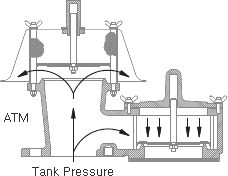
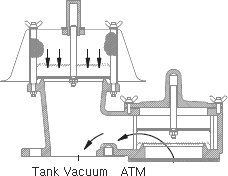
However, when deciding on a set pressure, the weight-loaded Valve operation MAWP should be at least twice the required set pressure to obtain optimum flow. If the MAWP is less than 100% above the required set, the Valve could be larger in size than normally required. The possibility of Valve chatter and accelerated seat and diaphragm wear will exist if less than 20% over pressure is allowed. Simply stated, a Pressure/Vacuum Valve is not exactly like a high pressure safety Relief Valve and should not be sized at 10% or 20% over pressure. When sizing a Pressure/Vacuum Valve, consult the manufacturer flow curves and allow sufficient overset pressure.
API Standard 2000 for Venting Atmospheric and Low Pressure Storage Tanks
Sizing a Breather Valve
API Standards are provided as an engineering aid for specification and selection of "normal" and "emergency" pressure and vacuum Relief Valves for aboveground liquid petroleum storage tanks. Normal venting capacity is obtained without exceeding pressure or vacuum that would cause physical damage or permanent deformation to the tank. The following will help in sizing a Pressure/Vacuum Valve..
- Normal Relief.. The sum of vapor replacement resulting from emptying or filling and thermal in-breathing or outbreathing.
- Emergency Relief.. Thermal out-breathing from fire exposure.
- All Tanks.. Generally require the sizing of a normal pressure and vacuum Relief Valve to be sized and an independent emergency Relief Valve to be sized separately.
- Flow Curves.. These curves provide pressure and vacuum capacity which is required for sizing.
OSHA and API requirements
The OSHA requirement for tank protection published by the Department of Labor and part 1910.106 revised as of July 1, 1985 addresses sizing requirements. OSHA suggest sizing should be in accordance with API 2000. All requirements are clearly defined in this publication.
API 2521
"Pressure/Vacuum Valves on atmospheric pressure fixed-roof tanks are usually set at 1/2 oz. per square inch pressure or vacuum. Test data indicate that an increase of 1 oz. per square inch in the pressure set point over the usual 1/2 oz. per square inch reduces breathing losses by approximately 7 percent. However, the test data indicate that each additional increase of 1 oz. per square inch in pressure set point reduces the breathing losses in progressively smaller increments."
API 2513
"The pressure and vacuum setting of a breather Valve are dictated by the structural characteristics of the tank and should be within safe operating limits. A certain amount of pressure and vacuum beyond this setting is necessary to overcome pressure drop in order to obtain required flow. Proper size and settings can best be determined by reference to API Std 2000.. Venting Atmospheric and Low-Pressure Storage Tanks (1992) and to the manufacturers tank data determined in accordance with this publication. The pressure setting for Pressure/Vacuum Valves to be installed on large tanks constructed in accordance with API 12.. Specification for Large Welded Production Tanks (1957) usually is limited to 1/2 oz. because roof plates will start to shift when the pressure rises much above 1 oz."
Reference.. Groth Corporation
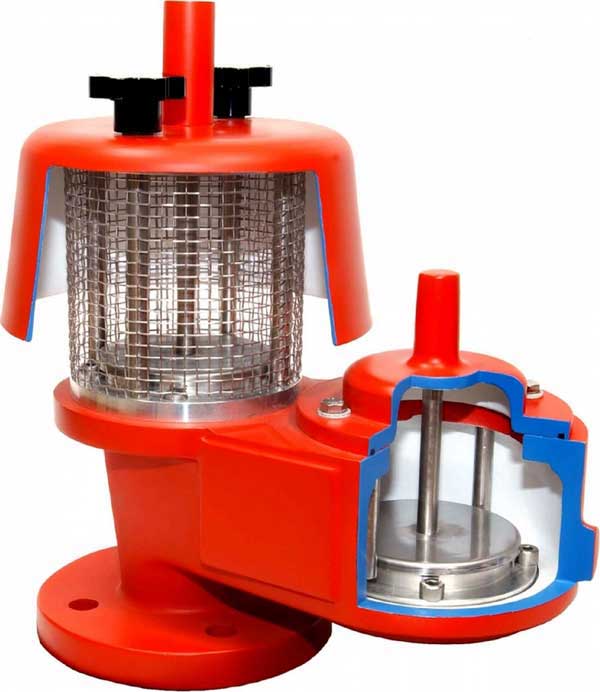
It is important to remember that a pressure Relief Valve is a safety device employed to protect pressure vessels or systems from catastrophic failure. With this in mind, the application of pressure Relief Valves should be assigned only to fully trained personnel and be in strict compliance with rules provided by the governing codes and standards.